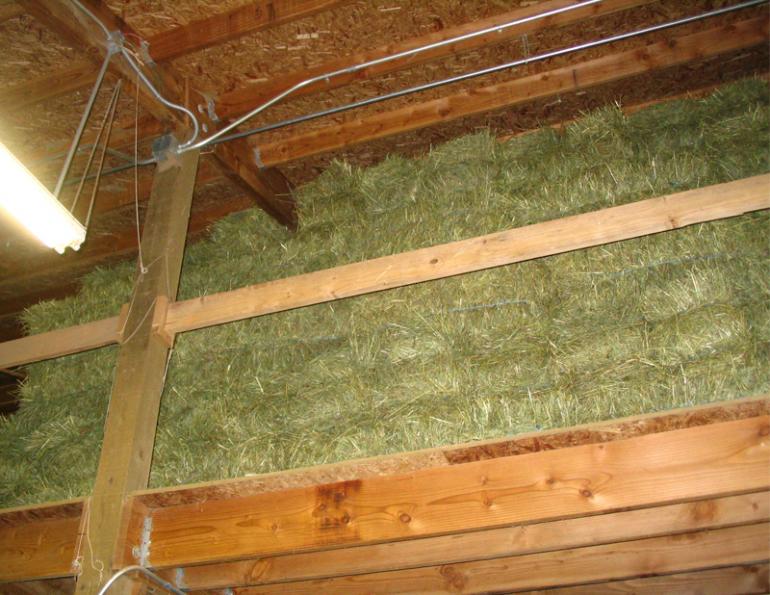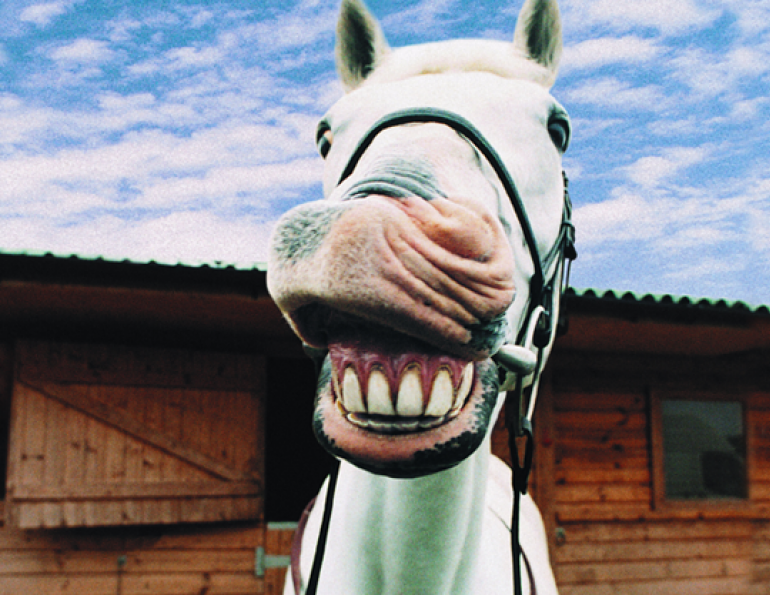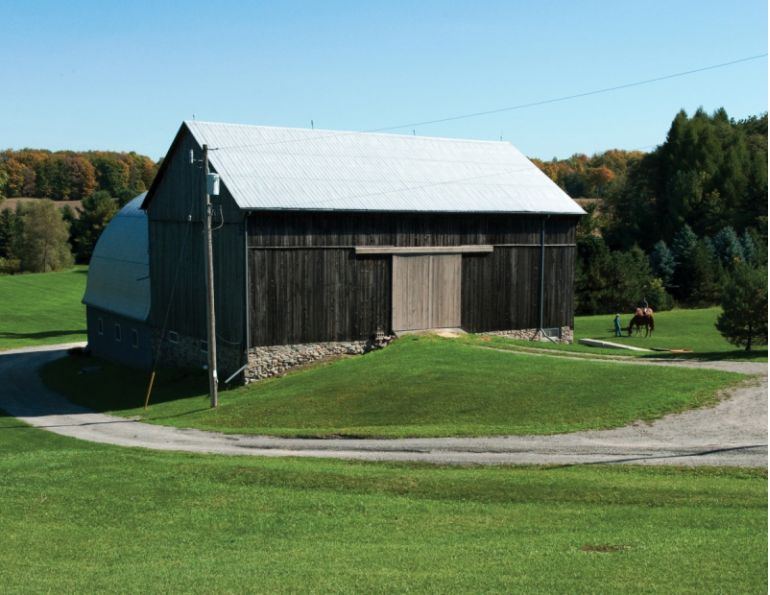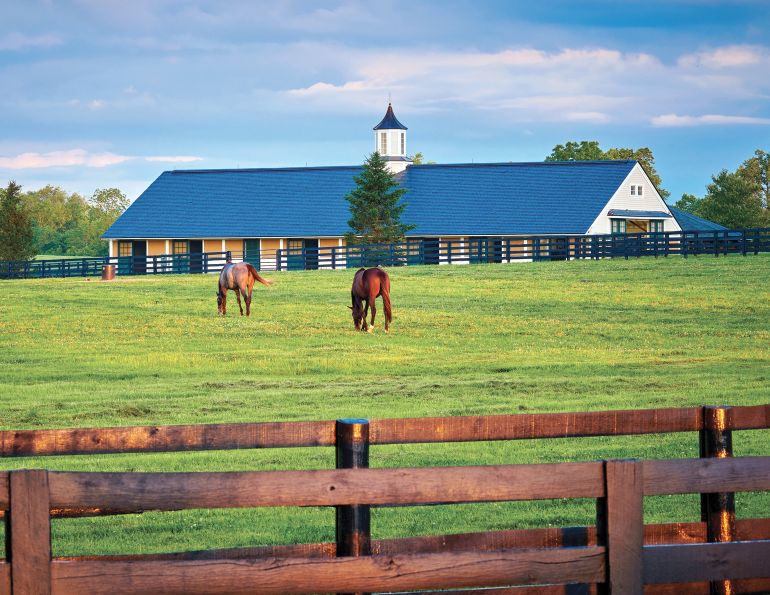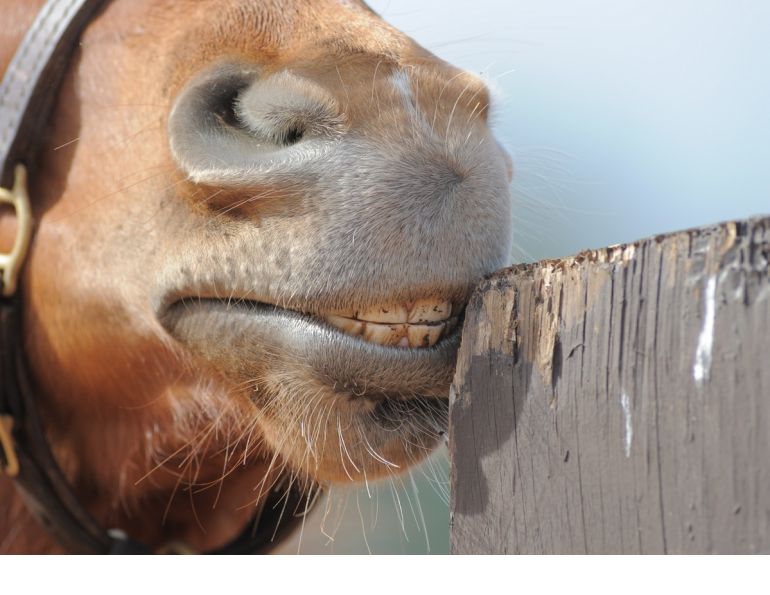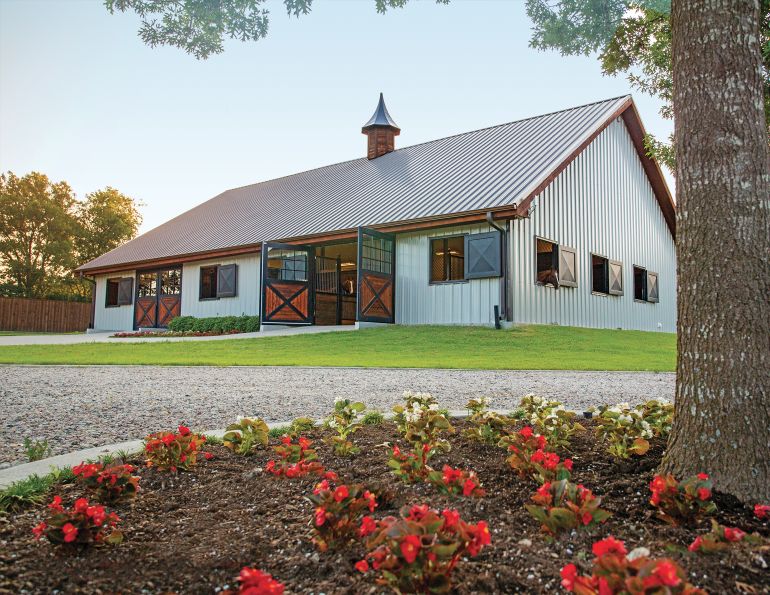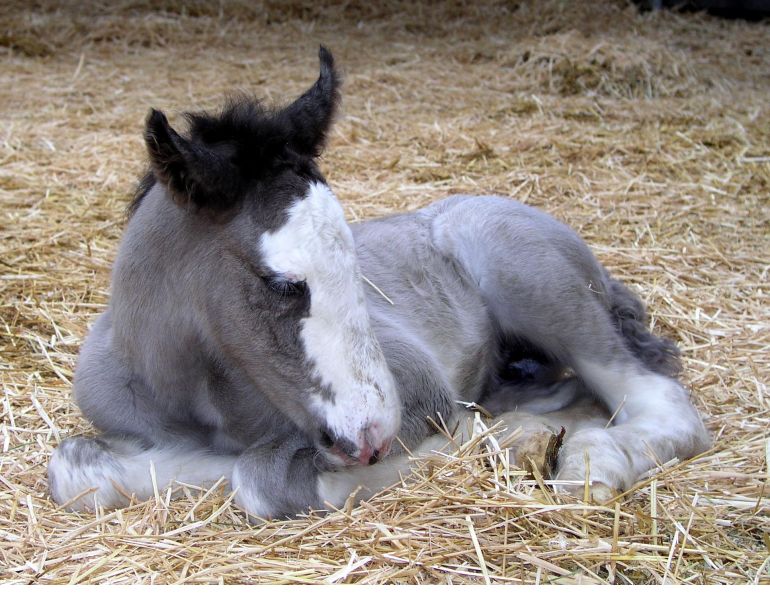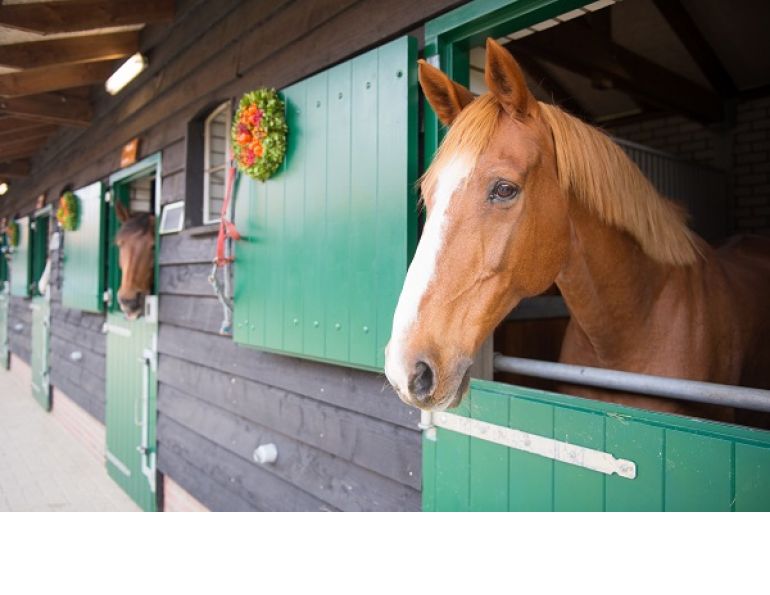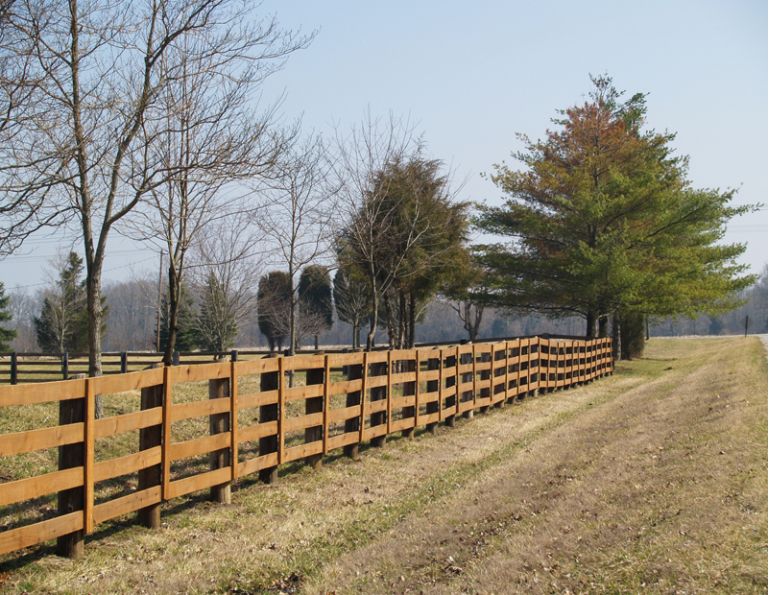By Canadian Horse Journal staff
With summer haying season upon us, now is a good time to make sure you will be stocked up on enough good quality hay to keep your horses happily munching throughout the cooler seasons. But hay bales aren’t like the canned goods you stack in the pantry after your trip to the grocery store; hay spoilage resulting from improper storage is not only a waste of your money but can also represent a significant fire hazard. Your hay must be safely stored to protect your financial investment, your barn and your equine companions.
Here are some hay storage strategies to keep in mind – for the purposes of this article, we will assume that you are storing small, rectangular bales of hay.
Minimize Moisture
Safe hay storage begins at the harvesting stage. Hay intended for square bales should not be baled if the moisture content is higher than 20 percent (18 percent for round bales). If the hay is not allowed to dry sufficiently in the field prior to baling, it will be subject to mold growth and decomposition in storage. These processes not only make hay unfit for horse consumption but also generate heat that could result in spontaneous combustion if there is inadequate ventilation.
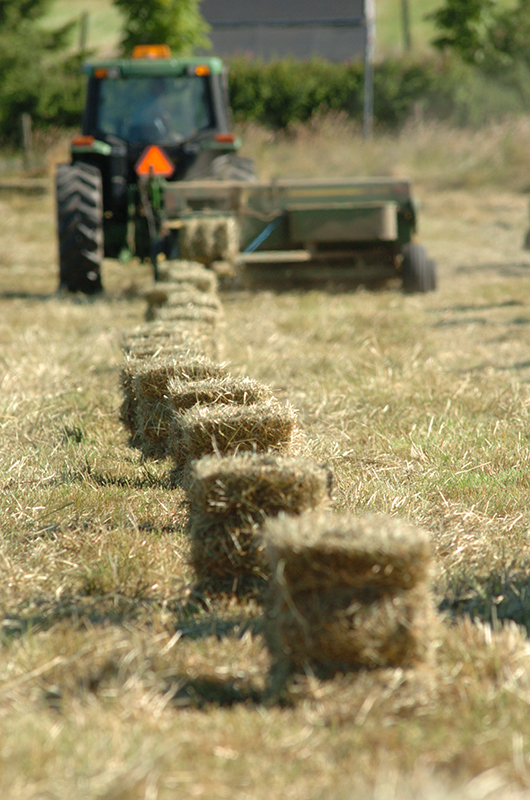
Hay intended for square bales should not be baled if the moisture content is higher than 20 percent, as it will be subject to mold growth in storage that renders it unfit for horse consumption and creates the risk of spontaneous combustion. Photo: Robin Duncan Photography
Storage Sites
Indoor Storage: The most important things to look for in a hay storage site are good ventilation, protection against moisture, and, ideally, a structure separate from the barn where your horses are housed (accumulating large quantities of hay, a highly flammable material, poses a significant risk to your horses in the event of a barn fire). NEVER store hay near any flammable materials or objects that may be a source of heat, such as tractors or other farm machinery.
Outdoor Storage: If you must store hay outside, stack the bales on pallets or on a raised rock base and cover with a secured tarp to reduce exposure to moisture and sunlight, which bleaches hay, reducing its nutritional content. The stack should be arranged in a pyramid shape to encourage moisture runoff.
Stacking Schemes
Hay should be stacked on wooden pallets or tires to allow air to circulate underneath and reduce contact with any damp surfaces. The bottom layer of bales should be stacked on their sides, with the twine facing sideways instead of upward. The unevenness of the surface promotes air circulation which reduces the chance of mold growth. Ideally, a hay stack will have narrow gaps between rows of bales with alternate orientation of the bales in each layer, and be no more than four or five bales high. A gap of at least 18 inches should be left between the hay stack and the walls and ceiling to allow adequate airflow and ensure that vents and air ducts remain unobstructed.
Track Hay Temperature
Although the greatest risk occurs during the first two weeks after hay has been stored, spontaneous combustion can remain a possibility for up to two months. Hay should be monitored daily for heat for at least two weeks, longer if you suspect the hay was wet when baled. A tube thermometer (available at many feed stores) or compost thermometer can be used to check the temperature of the hay in the middle of the pile, where heat buildup is most likely. A temperature reading of higher than 115 degrees Fahrenheit (46 degrees Celsius) may be cause for concern. A metal pipe can also be inserted into the centre of the haystack and pulled out periodically to check for heat. A caramel odour and/or visible steam emanating from the hay are obvious signs of danger and indicate that the fire department should be called immediately.
Looking for other strategies to maximize barn safety?
Check out this great article, Horse Barn Safety Tips.
Main article photo: Derrick Coetzee/Flickr -Tightly stacked bales of hay in a loft with minimal ventilation is a textbook fire hazard in a barn.



